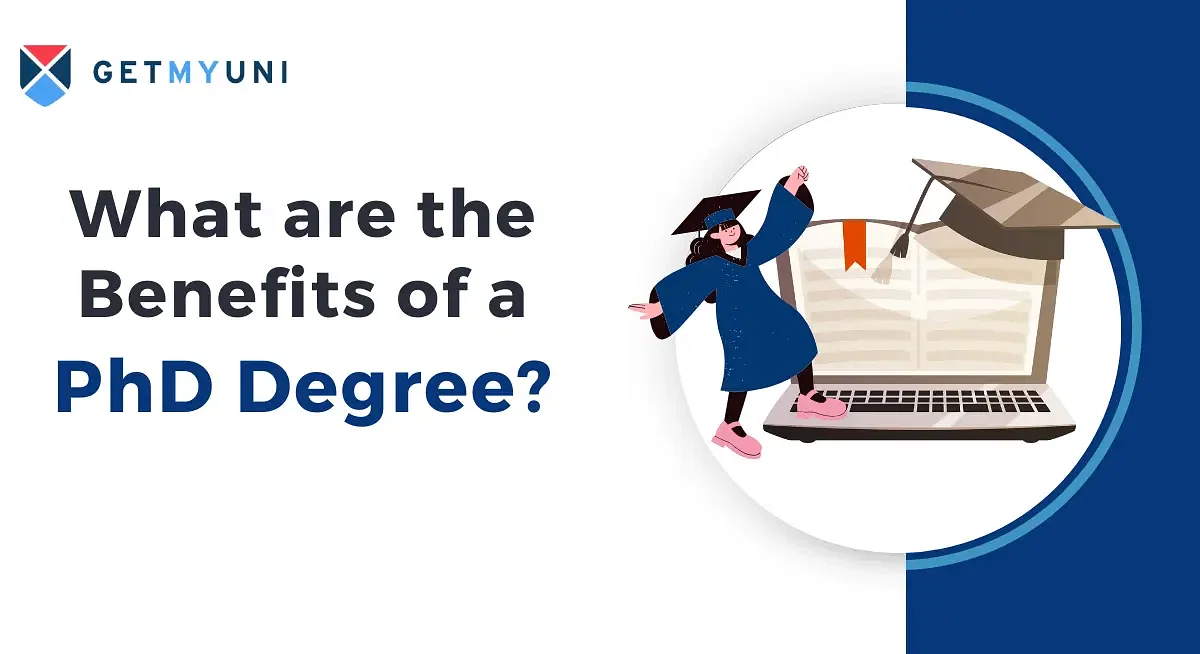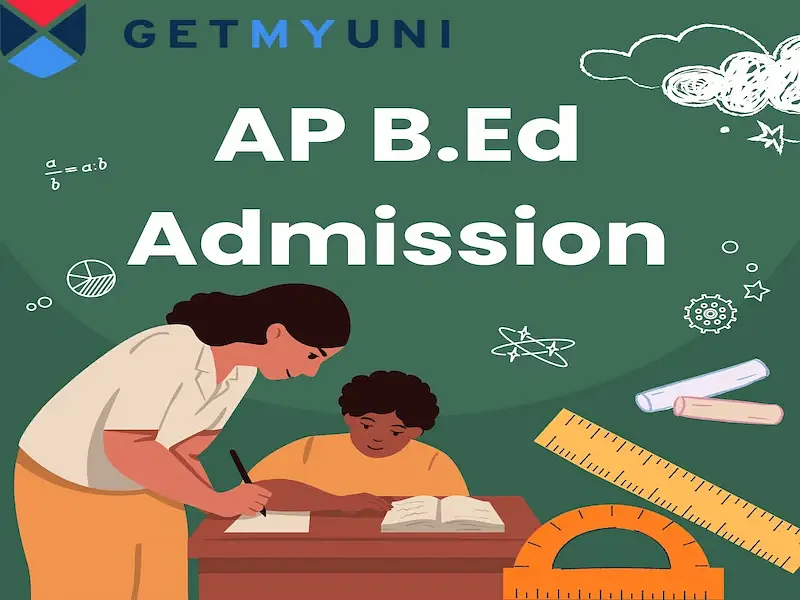KTET category 3 physical science question paper helps students understand the paper pattern and practice the most important topics for the exam. It is available for download from the official website at ktet.kerala.gov.in.
Table of Contents
KTET Category 3 Physical Science Question Paper allows for candidates to prepare themselves by becoming familiar with the KTET paper pattern as well as most commonly asked topics. The exam pattern, question type and difficulty levels are important pointers for a student to understand to pass the KTET Category 3 Physical Science examination.
Candidates can download the KTET Category 3 Physical Science question paper online form the official webpage only. Further, applicants must be well acquainted with the KTET syllabus and exam pattern before sitting for the KTET category 3 Physical Science exam.
KTET Category 3 Physical Science Question Paper PDF
KTET Category 3 physical science question paper is available on the official website at ktet.kerala.gov.in. Applicants can go through the KTET category 3 physical science question paper stated below.
| Particulars | Download PDF |
|---|---|
| KTET Category 3 Physical Science Question Paper PDF | Download Now |
Top 15 KTET Category 3 Physical Science Questions
Candidates must practise important KTET Category 3 Physical Science Questions for better preparation for KTET exam. Students can go through the top 15 KTET Category 3 Physical Science Questions given below.
1. An effective teacher should be able to handle the classroom situation by providing activities:
- Suitable to the intellectual level of the learners.
- Intended for the talented students only
- To students to learn at their own will
- Considering the special abilities of students only
2. Which of the following is a true statement about Mental Retardation?
- Most Mentally retarded people are unable to live normal lives due to their mental deficiencies.
- With special tutoring, a mentally retarded person can attain average intelligence.
- The majority of mentally retarded people are mildly retarded.
- Diagnosis of mental retardation is based exclusively on IQ scores
3. According to the theory of Bruner, which of the following statements is correct?
- Learning takes place gradually.
- Each learner should pass through different stages of intellectual development
- The type of representation used by the learner depends on the type of thinking required.
- Intellectual development takes place in the same pattern in all individuals.
Also Read: KTET Certificate Verification: Steps, Eligibility
4. After repeated pairing of a tone with meat powder, Pavlov found that a dog will salivate when the tone is presented. Salivation to the tone is a/an:
- Unconditioned Stimulus
- Unconditioned Response
- Conditioned Stimulus
- Conditioned Response
5. An adolescent who is striving for better performance to achieve his goal is said to be:
- Intrinsically motivated learner.
- Extrinsically motivated learner
- Reward oriented learner
- Self directed learner
6. Freud believed that most personality disturbances are due to:
- The failure of parents to reinforce healthy behaviour
- A poor self-concept resulting from excessive parental demands.
- Unconscious and unresolved sexual conflicts rooted in childhood experiences
- The exposure of children to unhealthy role models.
Also Read: KTET Hall Ticket 2024
7. What consideration on priority basis do you keep in mind about the discussion method?
- Adequate class environment facilitating discussion among the students.
- A turn of debates to the normal discussion
- Leave aside the inexpressive students in class
- Keep the discussion at the level of the student’s mental level
8. Children with special needs can be handled by using:
- Simple learning strategies
- Differential learning strategies
- Activity oriented learning
- Group learning strategies
9. According to Piaget’s theory of learning, which of the following strategies is the most appropriate one while dealing with adolescents.
- Catering to the needs of all children as a common group
- Providing activity based strategies
- Creating challenging situations
- Providing ideal learning situations
Also Read: KTET Answer Key
10. Who among the following is a delinquent? One who:
- Shows emotionally immature behaviour
- Engages in creative activities
- Responds to sensitive situations
- Does offences and crimes
11. Which of the following methods is most suitable for proving the property "the sum of the angles of a triangle is 180o"?
- Analytic method
- Synthetic method
- Inductive method
- Deductive method
12. In the histogram of a frequency distribution, a line is drawn parallel to the they-axis, dividing the area of the histogram into two equal parts. The point where the line cuts the x-axis corresponds to which of the following?
- Arithmetic mean
- Geometric mean
- Median
- Mode
Also Read: KTET Results
13. Who introduced the Mansabdari system?
- Shahjahan
- Shershah
- Akbar
- Jahangir
14. Who coined the word ‘Neolithic Revolution’?
- Will Durant
- J.D. Burnell
- Mortimer Wheeler
- Gordon Childe
15. Identify the present location of Nediyiruppu Swarupam
- Kozhikode
- Kochi
- Kollam
- Venad
KTET Category 3 Physical Science Exam Eligibility Criteria
There are certain KTET eligibility criteria that students must meet to qualify for the KTET Category 3 Physical Science exam. Candidates can go through the KTET category 3 physical science eligibility criteria given below.
- Students must secure at least 45 percent in BA/B.Sc/B.Com and B.Ed form a recognized Kerala university or equivalent.
- Students must be an Indian citizen by birth to qualify for the KTET examination.
KTET Category 3 Physical Science Exam Pattern
KTET Category 3 physical science exam consists of 150 MCQ questions and the time duration of the exam is 2 hours and 30 minutes. Students can go through the KTET category 3 physical science exam pattern stated below.
| Topics | Number of MCQs | Marks |
|---|---|---|
| Adolescent Psychology, Theories of Learning and Teaching Aptitude | 40 | 40 |
| Language - Kannada/ Tamil/Malayalam/English | 30 | 30 |
| Subject-Specific Areas (Mathematics/Science) & Content/Pedagogy | 80 | 80 |
| Total | 150 | 150 |
Also Read: Top 10 Effective Methods of Teaching English
Benefits of Solving KTET Category 3 Physical Science Question Paper
KTET Category 3 Physical Science question papers have a range of benefits as they boost students' performance levels and determine the difficulty levels. Students can explore the benefits of solving KTET Category 3 Physical Science question papers below.
- Practising with KTET Category 3 Physical Science Previous Year Question Papers will help students gain confidence.
- Using KTET Category 3 Physical Science Previous Year Question Papers might help them understand the questions' difficulty level.
- Students can practise taking the KTET Category 3 Physical Science exam in a realistic setting using the KTET Category 3 Physical Science Previous Year Question Papers.
- Solving question papers allows students to better comprehend the exam's most crucial topics by attempting the KTET Category 3 Physical Science Previous Year Papers.
Also Check: How to Become a Teacher in India?













POST YOUR COMMENT